Excess heat from AI data centres could be repurposed in innovative ways to help tackle global warming. That’s the conclusion of a study by researchers at the Advanced Research Projects Agency in the US. Among the candidate uses for that heat, two stood out for their economic and environmental value: carbon capture by direct air capture (DAC) and evaporative water purification.
As demand for artificial intelligence grows, the energy used by the many data centres powering it is predicted to hit 150GW by 2030, almost all of which becomes heat that is ultimately wasted. ‘Data centres are like the world’s biggest toasters, but we’re not making any toast,’ says Carlos Díaz-Marín, who led the modelling study alongside Zachary Berquist.
Both DAC and evaporative water purification require large amounts of thermal energy. Díaz-Marín and Berquist propose that under the right conditions, waste heat from data centres could drive these processes. Their modelling shows that such carbon dioxide capture and water production could more than offset the carbon dioxide emissions and water use associated with AI.’ Even if you run these data centres on natural gas, coupling them with DAC can still make them carbon negative,’ says Berquist.
Although their results seem encouraging, several roadblocks remain before data centres can be effectively paired with DAC. For example, typical sorbent materials for capturing carbon dioxide require temperatures of around 80°C to regenerate, while state-of-the-art sorbents only require around 60°C – right on the limit of what waste data centre heat can provide. ‘With this modelling, we want to emphasise the value of developing sorbents that operate at lower temperatures,’ says Díaz-Marín.
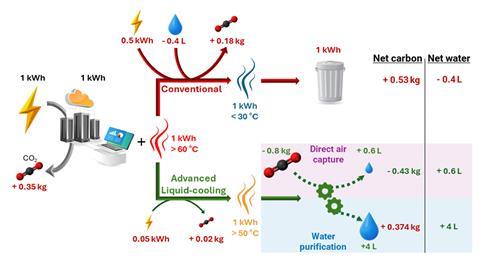
‘Currently, DAC is still at a very small scale of deployment at around 0.01Mt CO2/year. Nevertheless, I find it very important and valuable that all possible uses for data centre waste heat are explored,’ comments Sanna Syri, an expert on climate change mitigation from Aalto University in Finland. She also says that while the modelling presented in this study is interesting, it is highly dependent on location, policy incentives and technological developments.
Further research is needed to turn Díaz-Marín and Berquist’s proposals into a reality, but the pair is optimistic about the future of data centres. ‘The things we can get from AI are going to be positive, but currently its environmental impact is negative. There is an opportunity to make both sides positive,’ says Berquist. ‘How nice would it be if you’re using ChatGPT and you’re reducing global warming with everything you ask it?’ adds Díaz-Marín.
References
C D Díaz-Marín and Z J Berquist, Energy Environ. Sci., 2025, DOI: 10.1039/d5ee02676h


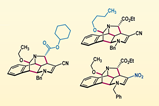

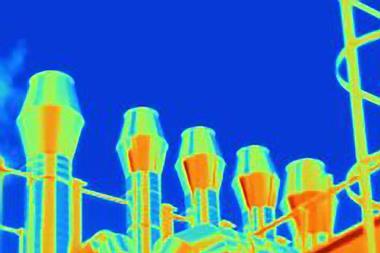


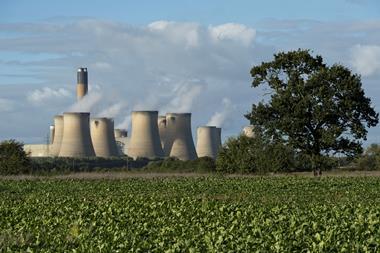
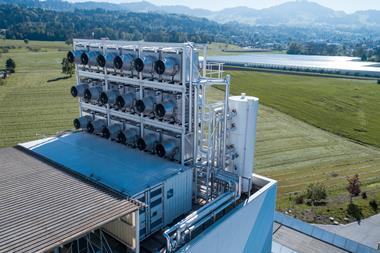




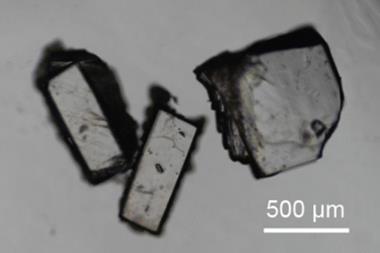


No comments yet